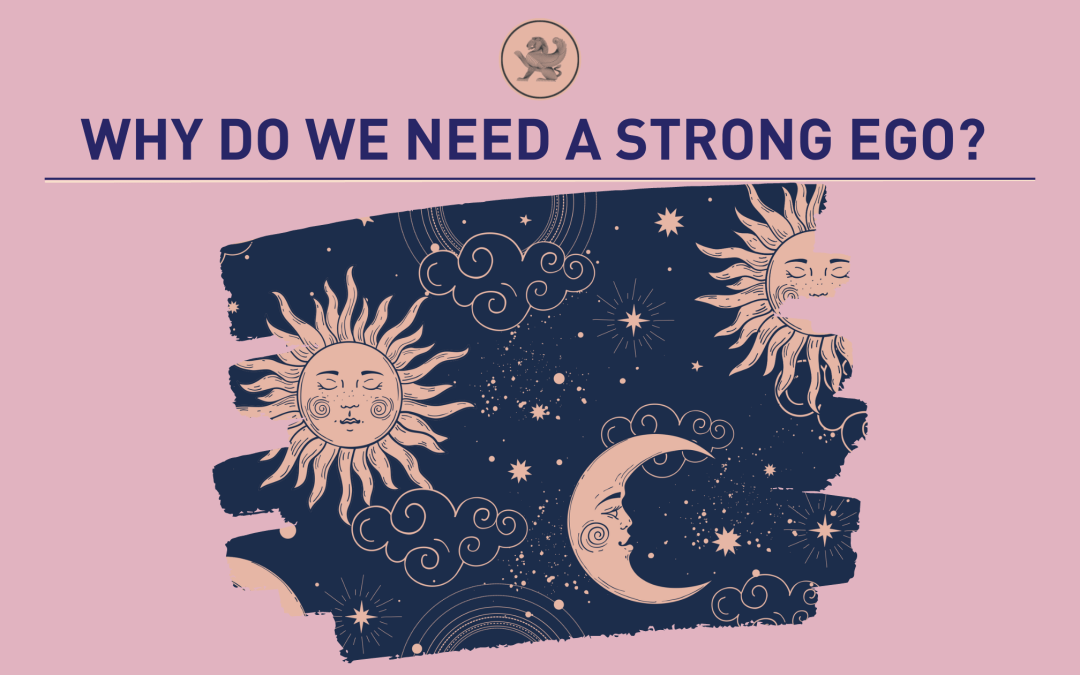CREDITS
By Dr Melane van Zyl
The ego has been getting a bad rep lately. Social media often portrays it as the self-centered part, whilst the Self is the good part. We often say, “… has such a big ego.”
Kundalini yoga has an asana named the Ego Eradicator. If you try ketamine-assisted psychotherapy, one of the aims is to “dissolve” the ego.
In this sense, we are describing an over-inflated ego. When the ego is overinflated severely, this will be easily visible as typical narcissism. The over-inflated ego might look “big,” but it is extremely fragile.
Jung defined the ego as “the center of consciousness, in so far this comprises the empirical personality…”. Consciousness refers to all that we are aware of.
The ego is the part of us that is aware. If we do a mindfulness meditation exercise, the feelings, sensations, and thoughts that come into our awareness are all related to the ego.
The ego is the glue that keeps our psyche together. To explore the Self, one needs a well-developed ego. If the ego is not strong enough, we can “fall” into the Self and get lost in the irrational world of the unconscious. The “psychosis” that follows has an archetypal form (this is an interesting story for another day).
Life sometimes causes us to plunge into the Self when we experience trauma. This trauma does not have to be something extreme like a physical attack; it can be something that happens and “shatters” (to be dramatic) a belief.
It has been said that we become what we do daily. Therefore, our ego will be shaped by the habits that we have. These habits can include how we take care of and think of ourselves. These are the habits that can help us through difficult times.
Behaviour therapies such as DBT (Dialectical Behaviour Therapy) and CBT (Cognitive Behaviour Therapy) bring awareness to our (ineffective) behaviours and give us tools to create new habits. We then become people who behave more effectively, ultimately strengthening the ego.
Read more about DBT

